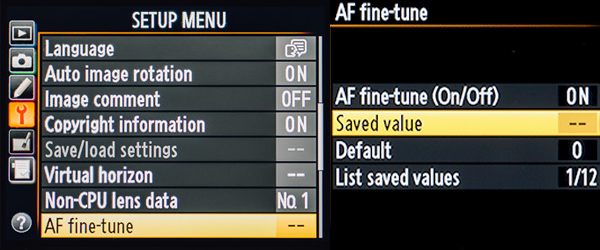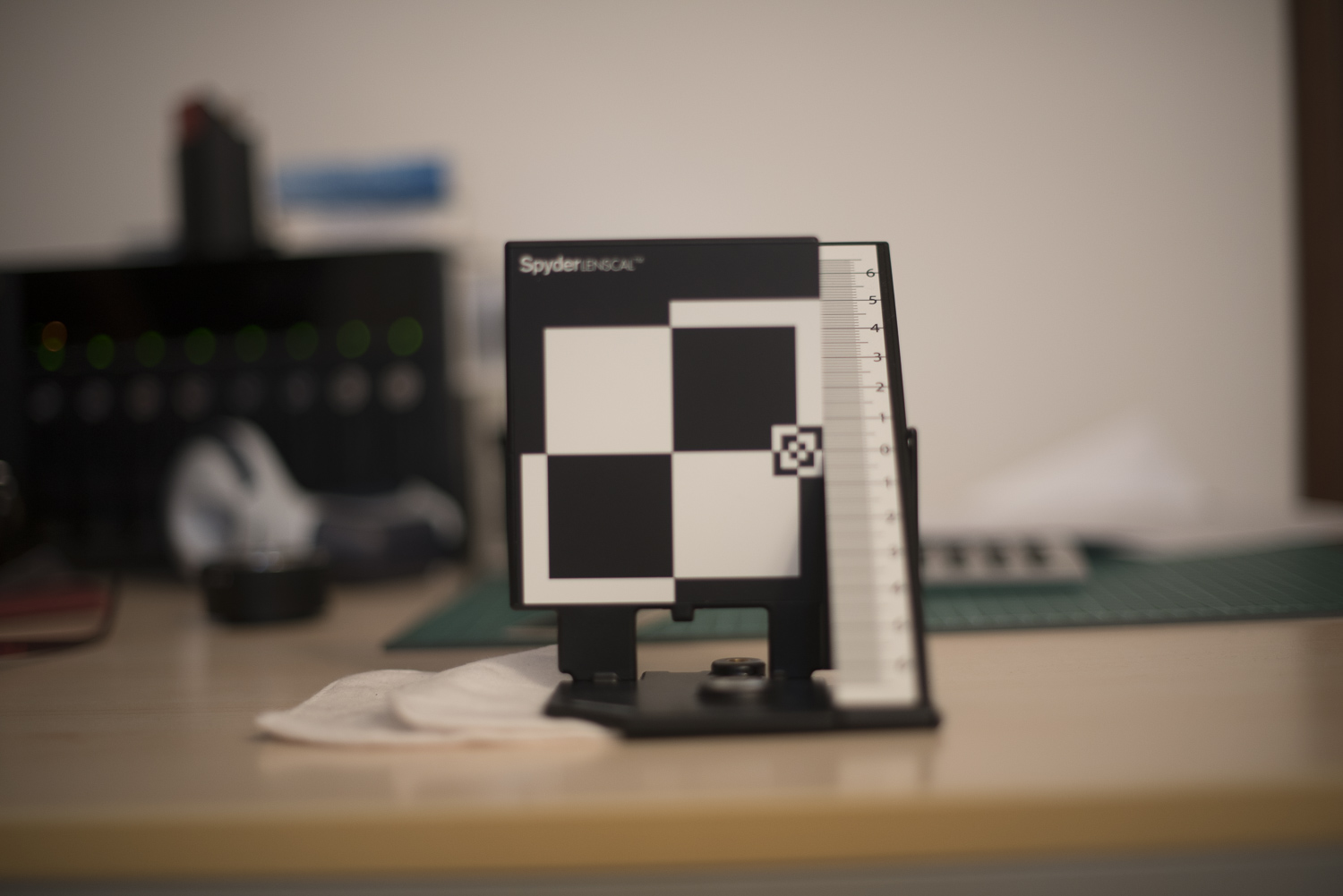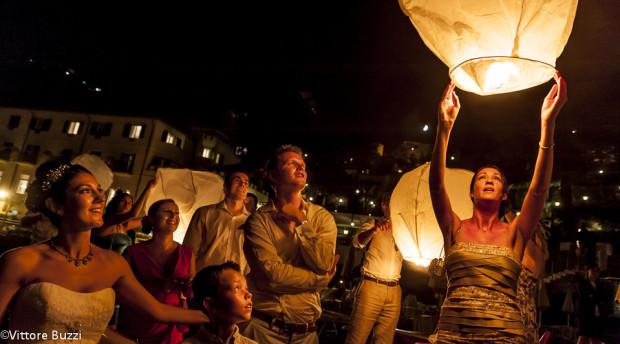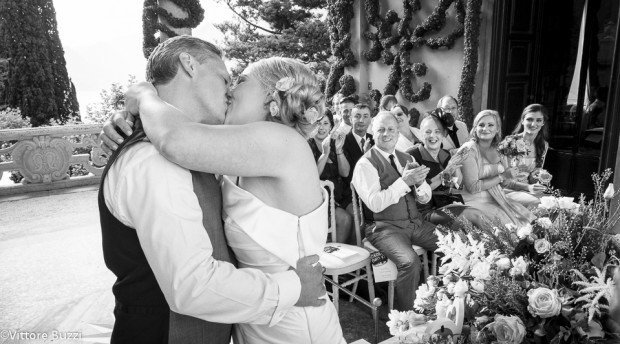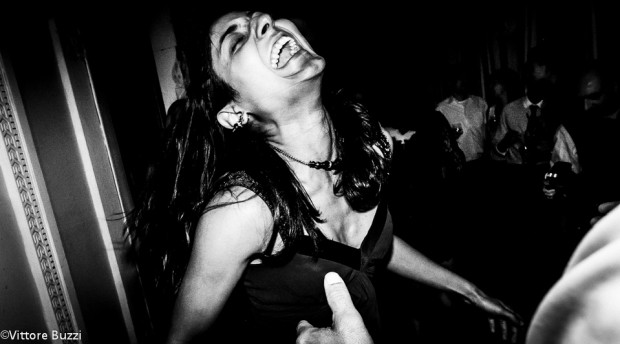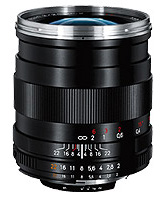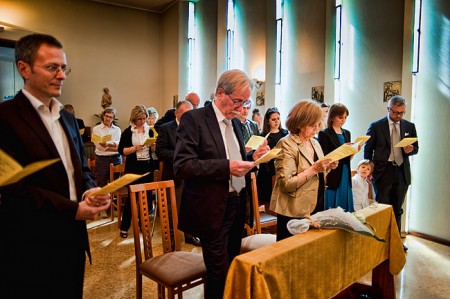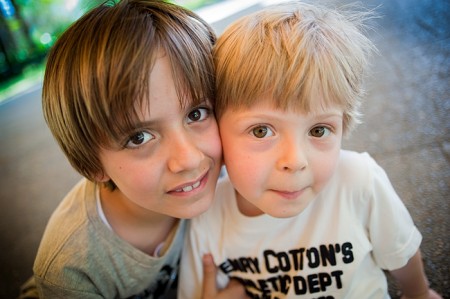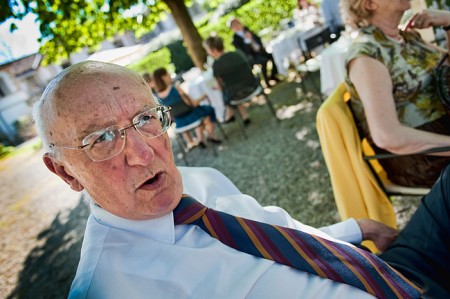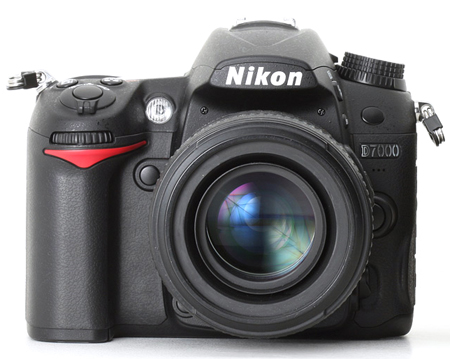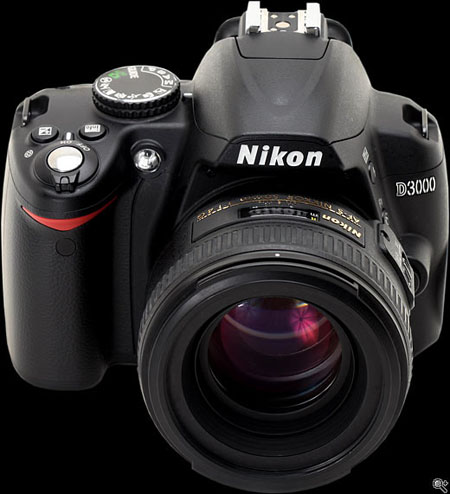As I told you in my previous post on micro 43 and wedding photography I started to evaluate other systems because I would like to have something with al little bit more low noise capability and little more tridimensionality (here you can see what I’m looking for in terms of depth of field). After a fast screening I start to think about Nikon D750 and Sony Alpha 7 R II. My friend Matteo has just bought the Sigma 24 1.4 art and he owns the 50 mm 1.4 Nikon so I decided to look for the less expensive combination. After reading a lot my choice would have been D750 and Nikon 24mm f 1.8 it’s really lightweight and not too expensive. So I set up a morning with Matteo to try his configuration the Nikon D750 and Sigma 24mm f 1.4 that is brand new, ready to be used in a real wedding.
First of all the camera is nice, Nikon style, everything is in the right place, the AF is really fast and the camera is not too heavy, I tried to use the screen to frame the picture and… Not usable in real life unless you are in a really quiet moment, the AF will be slow… and the camera very slow… and god I know really well the file my second shooter own a D610 with the same sensor (or very similar) and it’s really nice… not too big, great low light up to 12.800 and something more great dynamic range.
The Nikon D750 with the Sigma is too heavy for me (I’m coming from M43) and definitely I will prefer the 24mm f 1.8 that weights 300grams minus than the Sigma.
After playing around for a while I started to review the pictures on the screen and a nightmare appears… It seems that are out of focus with the lens used at 1.4…
Me and Matteo started to do more serious and consistent test with two bodies and… Unfortunately none of them was able to focus with the lens at f 1.4. We grab the Nikon 50 mm f 1.4 and the Nikon 24-70mm f2.8 the bad surprises continues. It was a nightmare none of the cameras and lenses seems to be in focus, back focus and front focus occur…
We discussed a little bit about the AF and we decided to buy the Datacolor Spyder LensCal and next week we will update this article with our calibrating experience.
We will see if this nightmare of Nikon D750 AF will end or not.
We call another wedding photographer who owns a D610 and he did some test with the Nikon 50mm f 1.4 and the camera is perfect.
I am an independent wedding photographer based in Milan Italy, these are my personal experience and thoughts. I’m not payed by someone for this. I hope this article will help others wedding photographers to be more happy with their gear and the producer to try to be more accurate. I really understand the costs involved in quality control, I’m doctor in business administration and I worked as CEO for a multinational company Certified ISO 9000. So I know that you can not deliver camera and lenses at a low price without sacrificing a little bit of quality but there is a limit….
22/02/2016 UPDATE — Calibration Day… AF fine -tune
Ok after a while we started to try to understand what to do. So we end up buying the Datacolor and starting to check and to calibrate all cameras.
First of all there is a good news: the Nikon 610 AF is perfect with all the Nikon Lenses and need only a little adjustment with 24 mm f 1.4… The bad news is the we calibrated one Nikon D750 and we took the other one to te assistance to re arrange completely the AF system.
Calibrating is really an easy process (if you do not have to take the camera to the assistance) you have to find the AF fine -tune menu and use the lens and make little adjustment. Camera will remember up to 12 lens.
So here gear and results:
NIKON D610
50mm f 1.8 D PERFECT
50mm f 1.4 D PERFECT
17-35mm f 2.8 PERFECT
24mm f 1.4 SIGMA +5 CORRECTION in CAMERA ( this was the same lens that we used on the 2 D 750)
NIKON D750 Body 1
50mm f 1.4 D CORRECTION IN CAMERA +15
24-70mm f 2.8 CORRECTION IN CAMERA +10
85mm f 1.8D CORRECTION IN CAMERA +10
24mm f 1.4 SIGMA CORRECTION in CAMERA +20 ( this was the same lens that we used for all the cameras)
NIKON D750 Body 2 we took this body to the assistance in Milan PRAVO
50mm f 1.4 D CORRECTION IN CAMERA -20 and it was not enough
24-70mm f 2.8 CORRECTION IN CAMERA -20 and it was not enough
85mm f 1.8D CORRECTION IN CAMERA -20 and it was not enough
24mm f 1.4 SIGMA CORRECTION in CAMERA -20 ( this was the same lens that we used for all the cameras)
The two Nikon D750 were bought on Amazon with INTERNATIONAL warranty only. In Milan Italy we are really lucky because there is an authorized Nikon repair center that is independent from the national distributor and if you are a professional photographer or a wedding photographer you can have the repair job done quickly.
Here a stupid video of me and Matteo calibrating all the gear.
https://vimeo.com/156517869
CONCLUSION
Better to control your AF with your lens before the wedding season starts if your own a DSRL. For Nikon the process of AF fine tuning is easy and not complicated (I believe that is the same with Canon). If I am going to buy a Nikon body I will do some test on the shop and I will do the AF fine tuning test at the beginning of every season. It seems that SIGMA lens need to be calibrated before using.
I start to think that going back from mirror less world it is a painful process…. 🙂 😉



